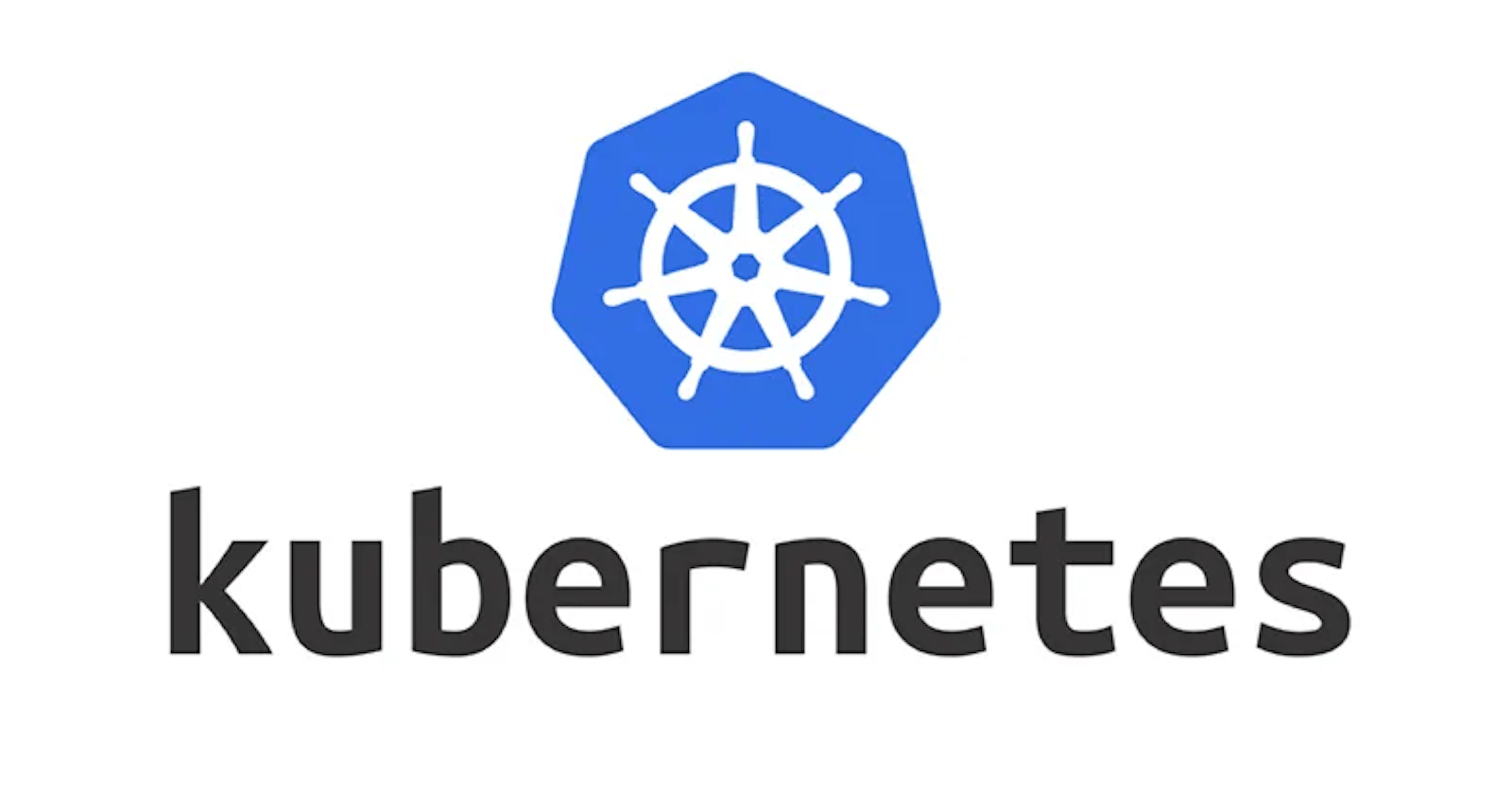Kubernetes Interview Questions on Secrets and ConfigMaps- Day 6
 Sandeep Naidu
Sandeep Naidu
Secrets:
What is a Kubernetes Secret, and why is it used?
- A Secret is an object in Kubernetes used to store sensitive information, such as API keys, passwords, and certificates. It's used to separate configuration data from the pods and ensure security.
How are Secrets different from ConfigMaps?
- Secrets are used to store sensitive data, while ConfigMaps are used for non-sensitive configuration data.
What are the two types of Secrets in Kubernetes, and how do they differ?
- Kubernetes supports two types of Secrets: Opaque and TLS. Opaque Secrets store arbitrary key-value pairs, while TLS Secrets are used for storing TLS certificates and private keys.
How can you create a Secret in Kubernetes using YAML?
- You can create a Secret using a YAML file with the
kubectl create -f secret.yamlcommand. The YAML file should define the Secret and encode sensitive data.
- You can create a Secret using a YAML file with the
How can you mount a Secret into a Pod?
- You can mount a Secret as a volume in a Pod's spec. Then, you can reference the mounted volume in the containers within the Pod.
What is the purpose of base64 encoding in Kubernetes Secrets?
- Base64 encoding is used to encode sensitive data in a way that can be safely stored in a YAML file. However, it's important to note that base64 encoding is not encryption, and Secrets should be managed securely.
How do you update a Secret in Kubernetes?
- You can update a Secret by creating a new one with the updated data and then updating the Pod(s) to use the new Secret.
ConfigMaps:
What is a ConfigMap in Kubernetes, and why is it used?
- A ConfigMap is an object in Kubernetes used to store non-sensitive configuration data as key-value pairs. It allows you to separate the configuration from the application code.
What are the different ways to create a ConfigMap in Kubernetes?
- ConfigMaps can be created using the
kubectl create configmapcommand, by providing data from literal values or a file, or by defining them in YAML files.
- ConfigMaps can be created using the
How can you use a ConfigMap in a Pod?
- You can use a ConfigMap in a Pod by referencing it in the Pod's spec. You can either create environment variables from ConfigMap keys or mount ConfigMap data as volumes.
Explain the difference between environment variables and volume mounting when using ConfigMaps in a Pod.
- Environment variables allow you to inject specific ConfigMap values directly into a container's environment, while volume mounting makes the entire ConfigMap data available as files within the container's filesystem.
Can you update a ConfigMap after it has been created? If so, how?
- Yes, ConfigMaps can be updated after creation. You can use
kubectl edit configmapto modify the data in an existing ConfigMap. Any pods using the updated ConfigMap will reflect the changes.
- Yes, ConfigMaps can be updated after creation. You can use
What happens if a ConfigMap or Secret is updated while a Pod is using it?
- If a ConfigMap or Secret is updated while a Pod is using it, the changes won't be automatically reflected in the running Pod. You need to either restart the Pod or implement logic in your application to detect and react to changes.
Subscribe to my newsletter
Read articles from Sandeep Naidu directly inside your inbox. Subscribe to the newsletter, and don't miss out.
Written by

Sandeep Naidu
Sandeep Naidu
Cloud & DevOps Engineer| SRE | Kubernetes | AWS | Ansible | GIT | Terraform | Gitlab | Docker | Python